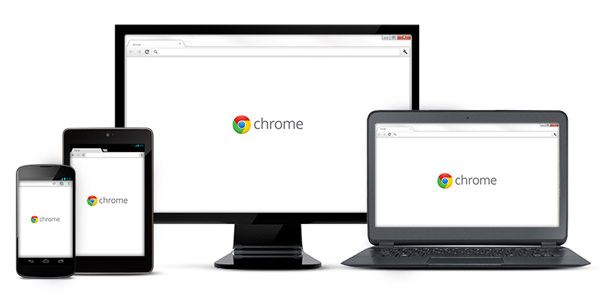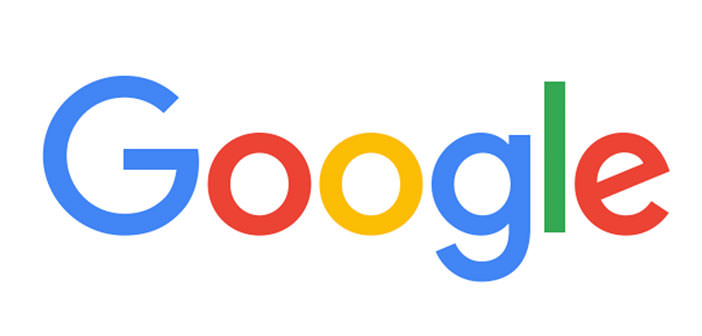With the new Chrome update has several optimizations on JavaScript V8 engine, and a new strategy to convince developers to abandon Adobe Flash.
Chrome 55 can consider it as a new step in the elimination of Adobe Flash. The most widely used browser in the world asks its users to enable Flash every time you visit a site that needs it. Google is implementing a strategy to more steps to reduce the presence of the plug-in Adobe Web: in September released Chrome 53 in which was blocking the analytical tool based on Flash and other components running in the background. Chrome 54 instead rewrote in HTML5 players with built-in Flash pages. Now Google is taking another step.
All of these steps can take to improve security in web browsing, reduce energy consumption and, not least in importance, speed up load times. HTML5 is selected as the default solution on all sites, except those that support only and exclusively the plug-in from Adobe and the 10 most visited sites in the last year: YouTube.com, Facebook.com, Yahoo.com, VK.com, Live.com, Yandex.ru, OK.ru, Twitch.tv, Amazon.com and Mail.ru. On all other sites on first login you will be prompted to enable the plug-in Flash.
 Google’s goal is to improve the experience of use of the web by putting pressure developers, trying to convince them to move to more modern and secure programming standards. On Chrome 55 are further innovations: in addition to the usual bug fixes, the new release adds the CSS Automatic Hyphenation feature that allows the browser to spell the words with the word wrap in order to improve the viewing experience of the text blocks.
Google’s goal is to improve the experience of use of the web by putting pressure developers, trying to convince them to move to more modern and secure programming standards. On Chrome 55 are further innovations: in addition to the usual bug fixes, the new release adds the CSS Automatic Hyphenation feature that allows the browser to spell the words with the word wrap in order to improve the viewing experience of the text blocks.
Also exclusive new products are also provided on the Android version, which will present one of the web pages to download for offline viewing feature, when even possible with video and images.
According to tests carried out by Google last October on a beta version the new JavaScript V8 engine should implement a series of optimizations that lead to a considerable reduction in the amount of RAM required to render pages.
Chrome 55 is currently being rolled out on Windows, Mac and Linux. As usual, the update will be performed automatically within a few days for all users who already use it, but the installation can also be forced through the software settings. The download for the installation from scratch can be launched from this page. Google will arrive shortly also the update for the versions for Android and iOS.

